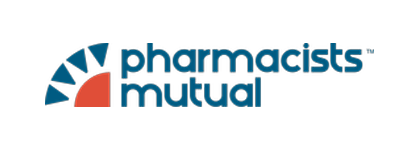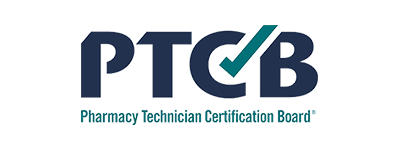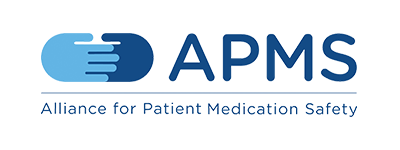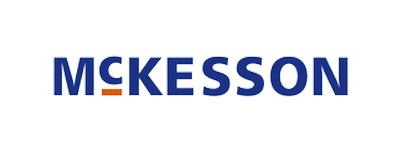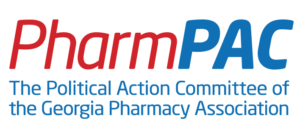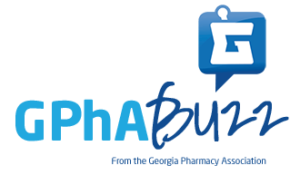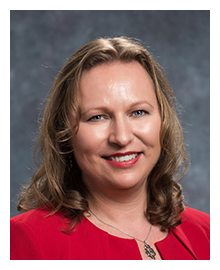Medicare Prescription Plans 2022
Medicare Prescription Benefits and Senior Savings Model
by Izabela Welch, PharmD, BCPS, Clinical Pharmacist, Wellstar Population Health Management
|
|
Medicare Part D BenefitsMedicare Open Enrollment starts on October 15 and will run through December 7. Medicare Part D is a prescription insurance benefit offered to patients enrolled in Medicare. Medicare Advantage plans include Part D as part of the package, whereas patients in the original Medicare can voluntarily sign up for the Part D plan. Patients are responsible for the Medicare Part D premiums, deductibles and co-pays which vary between plans and phases of coverage. If a patient with traditional Medicare does not enroll in any prescription coverage but decides to enroll in Part D years after being first eligible- he or she will have a penalty premium added to the monthly payments. Phases of coverage include the deductible, initial coverage, coverage gap, and catastrophic coverage. Details of each phase are included in the table below. |
Phase of Coverage |
2022 Breakdown |
Description |
|
Annual Deductible |
Stage begins in January and ends when the patient’s medication cost adds up to maximum of $480. Some plans opt not have a deductible. |
|
|
Initial Coverage |
Stage begins when deductible is met and ends when the amount spent by patient and the plan adds up to $4,430 (initial coverage limit) |
|
|
Coverage Gap (The dreaded “doughnut hole”) |
Stage begins when the initial coverage limit is met and ends when the total out of pocket costs for patient reach $7,050 (Out of Pocket Threshold) |
|
|
Catastrophic Coverage |
Stage begins when out of pocket costs reach $7,050 and ends in December of each year |
|
Each Medicare Part D plan has a formulary (a list of covered medications). Tiers (typically 1 through 5) represent the levels of coverage. Tier 1 signifies preferred generic medications and represents the lowest cost. The cost goes up from there with Tier 2 (generic), Tier 3 (preferred brand), Tier 4 (non-preferred drug) and Tier 5 (specialty medications). The following are excluded from Medicare Part D coverage: drugs for weight loss or weight gain, fertility drugs, drugs for cosmetic purposes or hair growth; drugs for the relief of symptoms of colds/cough or stuffy nose, drugs for erectile dysfunction, prescription vitamins and minerals, over the counter drugs and medical food.
Information on the available Medicare Part D plans per zip code and covered medications are available on the Medicare Plan Finder site: https://www.medicare.gov/plan-compare/#/?lang=en. For help with plan selection, patients may also be referred to the Georgia Cares organization which is operated by the Georgia Department of Human Services (1-866-552-4464, option 4; https://www.mygeorgiacares.org/).
Senior Savings Model for Patients on Insulin
We all have heard of the struggles that our patients with diabetes go through to make sure they can afford insulin. The huge deductible at the beginning of the year and the 20% cost share in the Medicare Coverage Gap (the dreaded doughnut hole) have prevented many patients from adhering to their therapies. For these patients, the Centers for the Medicare and Medicaid Services (CMS) have created the Senior Saving Model (SSM) plans which offer predictable insulin out-of-pocket (OOP) costs regardless of the benefit phase. OOP insulin costs for Medicare beneficiaries enrolled in one of the SSM plans caps at $35 per month per insulin type. The cap extends from the beginning of the year through the deductible phase all the way to the donut hole. It applies to both pen devices and vials of rapid-acting, short-acting, intermediate-acting, long-acting insulin, and mixed insulin. As an extra bonus, mixed insulin includes mixes with GLP1- agonist such as the insulin glargine/lixisenatide (Soliqua) and insulin degludec/liraglutide (Xultophy).
The SSM benefit is available to patients enrolled in the Traditional Medicare or Medicare Advantage plans, but not all plans offer the benefit. This year, there were over 1600 prescription drug plans that offered the perk and almost 14 million people enrolled in the SSM plans. More plans will offer the insulin cap in 2022 but patients still must be diligent to select the SSM plans during open enrollment and have to make sure the insulin they are using is formulary preferred. CMS is looking at adding other medications to the SSM in the future, but for 2022, only insulin preparations will have the price cap. Patients qualified for Medicare Extra Help (lower income subsidy) will not receive any additional benefits by participating in one of the SSM plans.
One way to find which plans are part of the SSM model is to access: https://q1medicare.com/ Once on this site, select Medicare Part D or Medicare Advantage and pick the state/county, then under Other Options check off the box for: Insulin $35 or less plans.
For example, looking at the Medicare Part D options for Georgia (all counties) we get eight choices: WellCare Value Script, Mutual of Omaha Rx Premier, SilverScript Plus, Cigna Extra Rx, WellCare Medicare Rx Value Plus, Humana Premier Rx Plan, Anthem MediBlue Rx Plus, AARP Medicare Rx Preferred.
To find out more about Senior Savings Model please visit https://innovation.cms.gov/innovation-models/part-d-savings-model. The site also contains a link (Excel spreadsheet) to the full list of participating plans.
Helping patients select the most suitable Medicare coverage will facilitate best care and may even improve patient outcomes.

